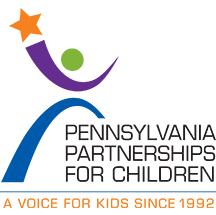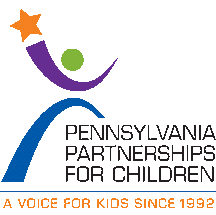Ground-breaking study provides national and state-level estimates of the economic burden of health disparities by race and ethnicity and educational levels.
New research shows that the economic burden of health disparities in the United States remains unacceptably high. The study, funded by the National Institute on Minority Health and Health Disparities (NIMHD), part of the National Institutes of Health, revealed that in 2018, racial and ethnic health disparities cost the U.S. economy $451 billion, a 41% increase from the previous estimate of $320 billion in 2014. The study also finds that the total burden of education-related health disparities for persons with less than a college degree in 2018 reached $978 billion, about two times greater than the annual growth rate of the U.S. economy in 2018.
The findings from this study by researchers from NIMHD; Tulane University School of Public Health and Tropical Medicine, New Orleans; Johns Hopkins Bloomberg School of Public Health, Baltimore; Uniformed Services University, Bethesda, Maryland; TALV Corp, Owings Mills, Maryland; and the National Urban League were published in JAMA.
This study is the first to estimate the total economic burden of health disparities for five racial and ethnic minority groups nationally and for all 50 states and the District of Columbia using a health equity approach. The health equity approach set aspirational health goals that all populations can strive for derived from the Healthy People 2030 goals. It establishes a single standard that can be applied to the nation and each state, and for all racial, ethnic, and education groups. It is also the first study to estimate the economic burden of health disparities by educational levels as a marker of socioeconomic status.
“The exorbitant cost of health disparities is diminishing U.S. economic potential. We have a clear call to action to address social and structural factors that negatively impact not only population health, but also economic growth,” said NIMHD Director Eliseo J. Pérez-Stable, M.D.




